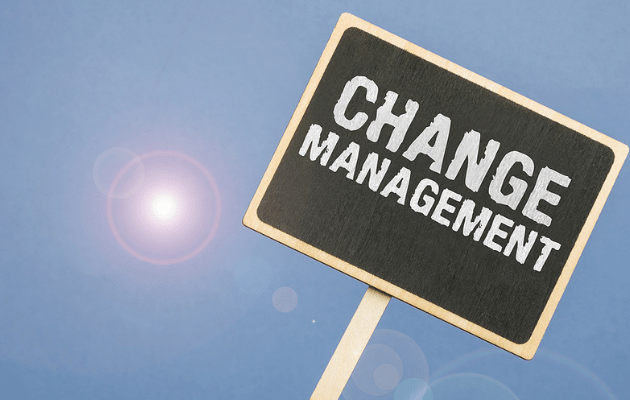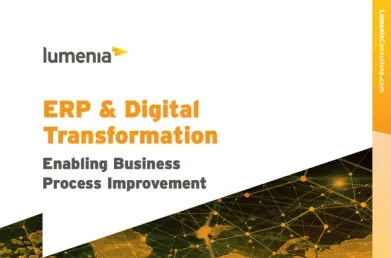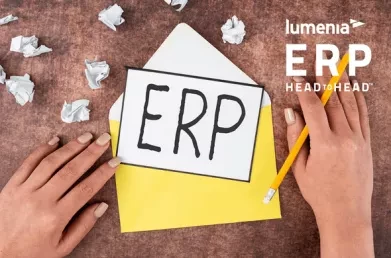Change Management – Do we need “to-be” process maps during our ERP implementation?
This excellent question came from a delegate in the presentation “Change Management for ERP Success” at a recent Lumenia HEADtoHEAD™ event. Our view is that the “to-be” process maps are an essential part of the change management toolkit used during an ERP implementation.
This thinking also aligns with one of Lumenia’s key learnings around Change Management.
The internal project team must have a clear understanding of the amended business process:
-
Ideally, future state processes will be documented in advance of solution selection.
-
If not, allow time for this during or soon after the project design stage.
Some specific examples where the process maps are beneficial:-
Project Communication – Awareness and Desire for the New Processes
“To-be” process maps provide a clear and visual representation of the new processes that will be enabled by implementing your new ERP system. This allows for clear communication with all stakeholders, ensuring that everyone has a shared understanding of the changes that are taking place. It also helps to create awareness and desire for the new processes, as stakeholders can see the benefits and improvements that will be achieved.
Workforce Transition – understanding how tasks/roles/responsibilities and culture will change
Process maps play a crucial role in supporting the workforce transition during an ERP implementation. They provide a clear view of how tasks, roles, and responsibilities will change. This helps to ensure that the right resources are in place to support the new processes and allows for a smooth transition. It also helps to identify any potential cultural changes that may need to be addressed during the implementation.
Training – Knowledge
In terms of training, “to-be” process maps provide a valuable resource for the generation of your training curriculum. They provide a clear view of how activities should flow, allowing for the development of targeted training materials and sessions. Additionally, they are an excellent visual aid, providing a clear and easy-to-follow reference for users, and helping them to navigate the new processes post-implementation.

User Readiness – Ability
In terms of user readiness, discussing the “to-be” processes will often lead to important test scenarios for the new ERP system – users will want to understand how issues with the current business process will be handled in the future. Documenting these scenarios allows for thorough testing of the system, building ability within the project team, and ensuring that it is ready for use by your end users. It also allows for the identification of any potential issues or areas for improvement before the system goes live.
Summary
In conclusion, “to-be” process maps are an essential change management tool used during an ERP implementation. They provide a clear visual representation of your new processes, support your workforce transition, and can be used for training and user readiness.
This blog was written by Jim Goodison, Principal Consultant at Lumenia. For further information please send an email to Jim Goodison.


